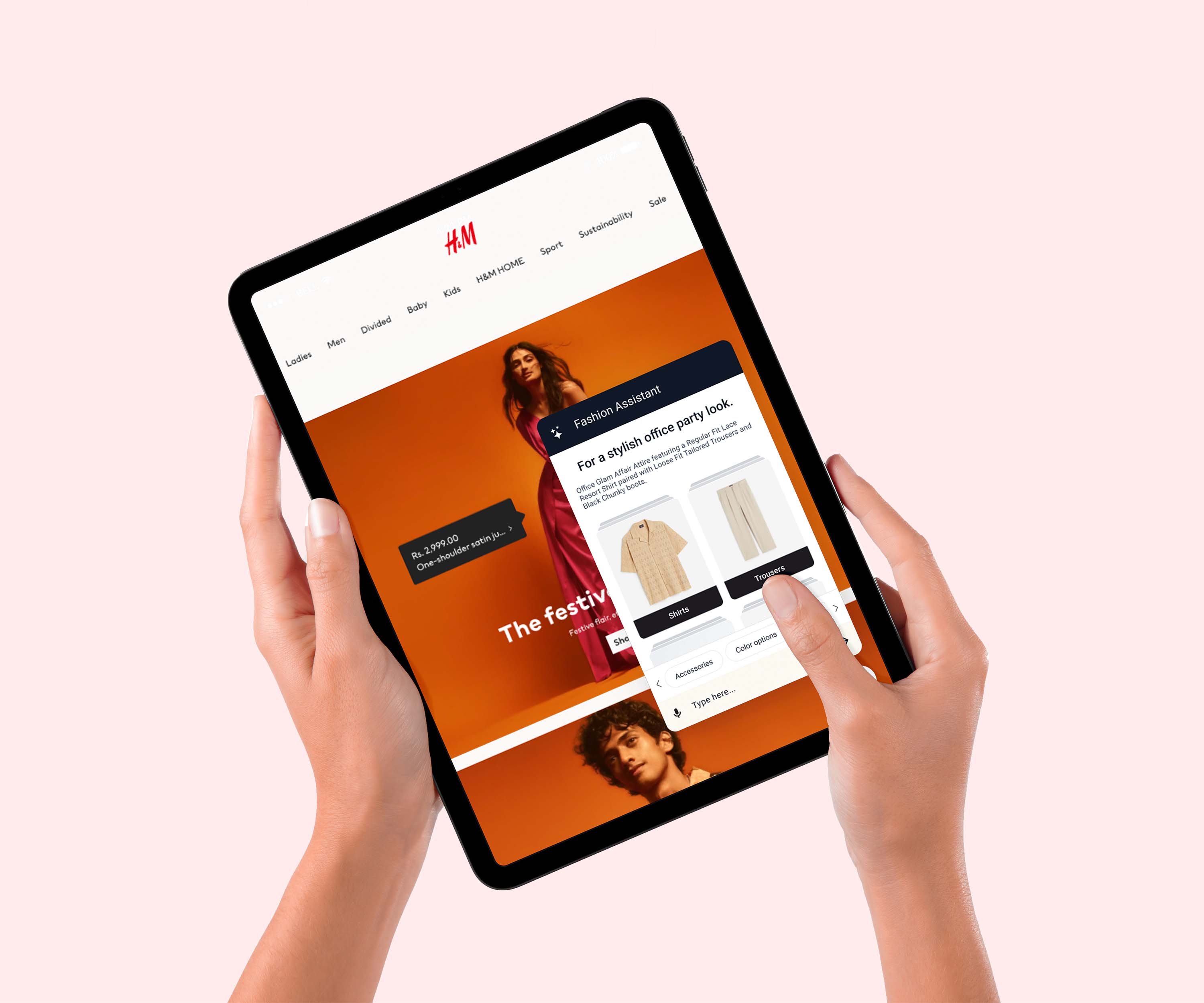
The Aesthetics of Fashion Part 2 | How Aesthetics and Occasions Factor In
Every product has two dimensions — the tangible and intangible.
For example, if a customer is looking to buy a ‘little black sleeveless dress with a scoop neck’, we are referring to it’s definite tangible characteristics/attributes such as colour, sleeve length and neckline. These are the physical qualities of the garment. They are tangible and can be measured, it is what the product “is”.
But, what about the ‘feeling’ of the little black dress? We are referring to the intangible characteristics of the garment which give you its aesthetics. More often than not, the feelings and responses are specific to you. They are just as important as the physical attributes of the garment if not more. This is what the product “does”.
While the physical attributes of a product certainly influence buying behaviour, we also make aesthetic calls intuitively while we shop. We may not even be aware of making multiple decisions on every product we see, for example liking the style, but not the colour of the product.

The question is are these aesthetic calls completely personal or are they similar across a larger segment of people?
Various aspects in our life influence our style and how we dress. Every look you wear tells a story about you, it communicates messages which are decoded by others within the cultural context. So it is possible that the aesthetics of a garment are similar for all in a particular society.
This then begs the question of “How do we capture these aesthetics?”
Let’s ask the questions we unconsciously ask ourselves when we see a new garment. What are the main things we would look into?
Can I wear it?
What occasion would it suit?
How does it make me feel?
How will others perceive me when I wear it?
Does it reflect my personality?
These are just a few of the many questions we ask ourselves, but all of this is just a thought exercise unless we can actually capture it. Currently, retailers have stylists to manually attribute each product and create assortments, but this is not a scalable solution when you look at larger brands or online marketplaces with thousands of items.
The process of adding relevant tags to a product can be automated using artificial intelligence and machine learning. Adding these fuzzy dimensions for garments can be a turning point for a customer.


With advancing computer vision and machine learning technology, retailers are increasingly using aesthetic attributes as another axis to increase the relevancy of the product assortment they present to their shoppers.
Think about how you would like to describe your catalog to make it more relevant. How can you provide additional information to your shopper so that they can make the right choice? Perhaps enabling your shoppers to search for “brunch wear”, “party dresses” or “bohemian styles” could be the difference between retaining and losing consumers in the coming years.

Importance of Product Taxonomy: Role of AI in Automating & Improving Taxonomies


